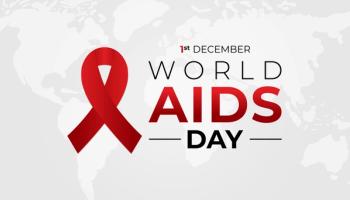
Use everyday technology to nudge members toward good health
Evaluate technology devices that your members use to determine the best ways to reach them with health outreach, enrollment, hot transfer and care coordination
The Microsoft Health Engagement Survey showed that a majority of consumers want their insurers and providers to work together to provide electronic coaching over e-mail and phone-the channels that they often use for communication-to proactively help them improve health habits and coordinate care.
"In the last 12 months, our employer clients' level of interest in wellness tools and coaching has increased dramatically as they see the value for integrating technology into their health and wellness programs," Sansom says, "and if plans haven't implemented these types of tools, employer groups will force the carrier's hand to do so."
PLANS LEND HELPING HAND
According to the Microsoft study, consumers reactively turn to health Web sites looking for information about a current issue instead of for prevention tips. However, consumers seem to be ready to incorporate technology into their health behavior.
Almost four in five of Americans find the idea of technology as a tool to solve their healthcare needs "inviting" instead of "intimidating." While they prefer e-mail (66%) and telephone (57%) as the best communication means, some are open to text messaging, instant messaging and videoconferencing.
Self-service portals are too much work, according to consumers. They prefer innovations that "follow" them and don't require them to step out of their favorite digital world to, for example, log into a member self-service portal, according to the survey.
"They want their health plans and providers to work together and use technologies to 'nudge' them in the direction of better health," Dr. Schmuland says.
Health Care Service Corp. (HCSC), which operates the Blue Cross and Blue Shield plans in Illinois, New Mexico, Oklahoma and Texas, has multiple solutions to meet varied needs of its membership, says William Gerardi, MD, HCSC's vice president and executive medical director of enterprise healthcare management.
To that end, HCSC uses automated electronic messaging to reach members, including a member-controlled health record that can be accessed through an online portal. In addition, it has a presence on Facebook and Twitter.
"Likewise, we use automated telephonic messaging to reach members across the country," Dr. Gerardi says.
HCSC also is evaluating technology solutions that will use wireless devices to deliver clinical messages to members.
Sansom agrees that a plan should proactively reach consumers using a variety of methods.
"Each individual has a different preference on how they like to receive information, so health plans and employers should give options to ensure it can become a natural part of their daily life," she says.
Traditionally, the healthcare industry has been prescriptive in communicating to people about their health, as opposed to talking about health in the context of how life is actually lived, says Alexandra Drane, co-founder and president of Eliza Corp.
"Interestingly enough, when we move away from paternalistic, clinically-oriented directives, we're more likely to help people take steps to reach their own health and well-being goals," she says. "Beyond this, we have found that there is great value in using analytics to infer the medium and communication style that is most effective for an individual."
For example, a quick reminder for younger members may be best communicated via e-mail, while a program that's designed to enroll people with chronic conditions in health management is best deployed via an automated call that offers an immediate transfer to a clinician.
Newsletter
Get the latest industry news, event updates, and more from Managed healthcare Executive.






















































